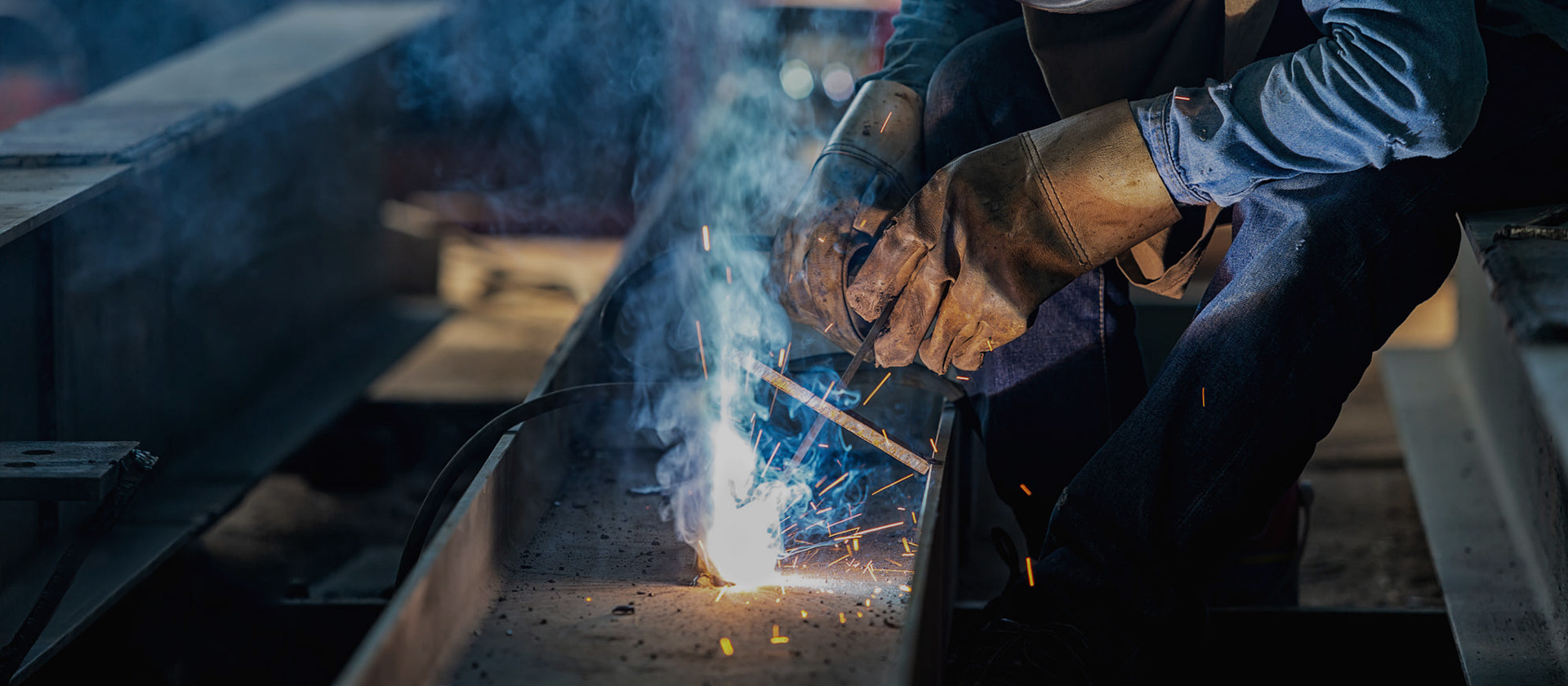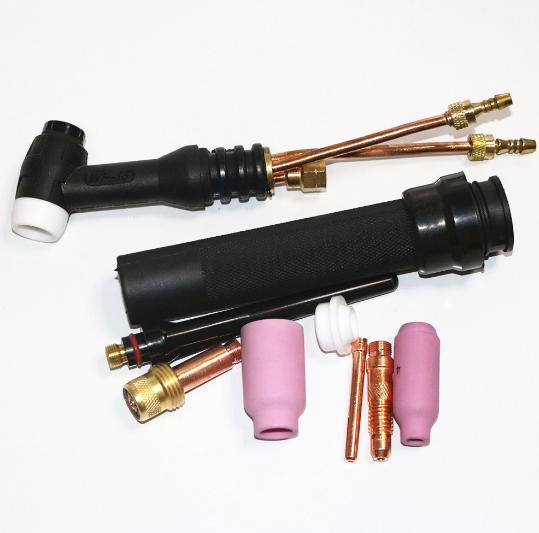language
Step-by-Step: Mastering Blowpipe Welding Skills for Precision and Efficiency
Jul 16,2025
Step-by-Step: Mastering Blowpipe Welding Skills for Precision and Efficiency
Table of Contents
1. Understanding Blowpipe Welding: An Overview
2. Essential Tools and Equipment for Blowpipe Welding
3. Safety Precautions: Welding with Confidence
4. Preparing Your Workspace for Optimal Blowpipe Welding
5. Step-by-Step Guide to Mastering Blowpipe Welding Techniques
5.1. Setting Up Your Blowpipe
5.2. Pr
Step-by-Step: Mastering Blowpipe Welding Skills for Precision and Efficiency
Table of Contents
1. Understanding Blowpipe Welding: An Overview
2. Essential Tools and Equipment for Blowpipe Welding
3. Safety Precautions: Welding with Confidence
4. Preparing Your Workspace for Optimal Blowpipe Welding
5. Step-by-Step Guide to Mastering Blowpipe Welding Techniques
5.1. Setting Up Your Blowpipe
5.2. Proper Flame Techniques
5.3. Welding Positions and Techniques
5.4. Tack Welding: The Foundation of Strong Joints
6. Common Blowpipe Welding Mistakes and How to Avoid Them
7. Advanced Blowpipe Welding Techniques for Professionals
8. Conclusion: Your Path to Becoming a Blowpipe Welding Expert
9. Frequently Asked Questions (FAQs)
1. Understanding Blowpipe Welding: An Overview
Blowpipe welding, also known as oxy-fuel welding, is a widely used technique in the industrial sector, particularly for joining metals. This method employs a flame produced by the combustion of oxygen and a fuel gas, typically acetylene. Understanding the fundamentals of blowpipe welding is crucial for anyone looking to master this skill.
The primary advantage of blowpipe welding lies in its versatility. It can be utilized for welding, cutting, and brazing various metals. By learning this technique, individuals can engage in various applications, from repairing equipment to crafting intricate metal structures.
2. Essential Tools and Equipment for Blowpipe Welding
To successfully perform blowpipe welding, having the right tools and equipment is imperative. Here’s a breakdown of essential items you need to get started:
- **Blowpipe (Welding Torch)**: This is the primary tool, allowing you to create and manipulate the flame. Select a blowpipe that suits your specific welding needs.
- **Gas Supply**: Acetylene and oxygen are the two gases used. Ensure you have high-quality gas cylinders with appropriate regulators.
- **Welding Goggles**: Protect your eyes from the intense light and heat produced during welding. Use goggles that meet safety standards.
- **Protective Clothing**: Wear flame-resistant clothing, gloves, and a welding apron to safeguard against burns and sparks.
- **Welding Rods**: Choose the correct rods based on the type of metal you are working with. Different metals require specific filler materials for effective welding.
3. Safety Precautions: Welding with Confidence
Safety is paramount when engaging in blowpipe welding. Here are key precautions to observe:
- **Ventilation**: Ensure your workspace is well-ventilated to prevent the buildup of harmful fumes and gases.
- **Personal Protective Equipment (PPE)**: Always wear appropriate PPE, including gloves, goggles, and protective clothing.
- **Fire Safety**: Keep a fire extinguisher nearby, as the risk of fire is significant when working with flammable gases.
- **Cylinder Storage**: Store gas cylinders in an upright position and secure them to prevent tipping. Avoid exposing them to heat sources.
4. Preparing Your Workspace for Optimal Blowpipe Welding
A well-prepared workspace enhances safety and efficiency during welding tasks. Follow these steps to set up your area:
- **Clean the Work Area**: Remove any flammable materials and debris from the welding zone.
- **Organize Tools**: Have all necessary tools and equipment within arm's reach to minimize movement during welding.
- **Lighting**: Ensure your workspace is well-lit to improve visibility and reduce the risk of accidents.
- **Secure the Workpiece**: Clamp or secure the metal pieces you intend to join, preventing movement during the welding process.
5. Step-by-Step Guide to Mastering Blowpipe Welding Techniques
Now that we have covered the basics, let’s dive into the step-by-step techniques essential for mastering blowpipe welding.
5.1. Setting Up Your Blowpipe
To begin, you must set up your blowpipe correctly:
1. **Connect the Regulators**: Attach the pressure regulators to the gas cylinders and adjust them to the recommended pressure levels.
2. **Attach the Hoses**: Connect the hoses to the blowpipe, ensuring there are no leaks. Use soapy water to test for any leaks.
3. **Check the Flame**: Open the acetylene valve slightly and ignite the flame. Adjust the oxygen valve to achieve a neutral flame, which is ideal for welding.
5.2. Proper Flame Techniques
Mastering the flame is crucial for effective blowpipe welding. A neutral flame is characterized by the blue inner cone and the outer envelope. Here’s how to achieve it:
- **Adjust Acetylene and Oxygen**: Gradually increase the oxygen until you see a sharp, defined inner cone. This indicates a neutral flame.
- **Practice Flame Control**: Learn to manipulate the flame's size and stability. A stable flame ensures consistent heating and joining of the metals.
5.3. Welding Positions and Techniques
Understanding various welding positions is essential for achieving strong joints. Common positions include:
- **Flat Position**: Ideal for welding horizontal seams. This position provides good access and visibility.
- **Horizontal Position**: Suitable for welding on vertical surfaces. It requires practice to maintain a steady hand.
- **Overhead Position**: This challenging position demands precision and control. Always ensure your equipment is secure to prevent accidents.
5.4. Tack Welding: The Foundation of Strong Joints
Before performing a full weld, tack welding is crucial. This involves creating small weld spots to hold the pieces in place.
1. **Position the Metals**: Align the metals to be joined and secure them using clamps.
2. **Create Tack Welds**: Apply short bursts of heat to create small weld points at regular intervals along the joint.
3. **Check Alignment**: Ensure the metals remain aligned before proceeding with the full weld.
6. Common Blowpipe Welding Mistakes and How to Avoid Them
Even seasoned welders can make mistakes. Here are common errors and tips to avoid them:
- **Inconsistent Flame**: This leads to incomplete welds. Practice flame control to maintain a constant flame throughout the welding process.
- **Incorrect Heat Application**: Too much heat can warp the metal, while too little can result in weak joints. Adjust your technique based on the metal's thickness.
- **Poor Visibility**: Ensure your workspace is well-lit. Consider using a welding helmet with a built-in light for better visibility.
7. Advanced Blowpipe Welding Techniques for Professionals
Once you are comfortable with the basics, you can explore more advanced techniques to enhance your skills:
- **Brazing**: This method uses a filler material with a lower melting point. Practice brazing to join dissimilar metals effectively.
- **Weld Smoothing**: Use a grinder to smooth out welds for a professional finish. This technique is essential for aesthetic purposes.
- **Pipe Welding**: Mastering the art of welding pipes requires precision and control. Practice different techniques to achieve strong, leak-proof welds.
8. Conclusion: Your Path to Becoming a Blowpipe Welding Expert
Becoming proficient in blowpipe welding is a journey that combines knowledge, practice, and dedication. By understanding the fundamentals and honing your skills through consistent practice, you will unlock the potential to execute high-quality welds efficiently. The techniques outlined in this guide serve as the foundation for your journey. Embrace the learning process, and soon you will become a blowpipe welding expert, capable of tackling even the most challenging projects with confidence.
9. Frequently Asked Questions (FAQs)
1. What is blowpipe welding, and how does it work?
Blowpipe welding, or oxy-fuel welding, combines oxygen and a fuel gas to create a flame used for melting and joining metals.
2. What are the primary gases used in blowpipe welding?
The primary gases used are acetylene and oxygen, with acetylene being the most common fuel gas due to its high flame temperature.
3. How can I improve my blowpipe welding skills?
Practice consistently, learn from experienced welders, and take note of common mistakes to avoid.
4. Is blowpipe welding suitable for all types of metals?
Blowpipe welding is versatile but works best with soft metals like steel, copper, and aluminum. Some techniques may be required for different metals.
5. What safety gear do I need for blowpipe welding?
Essential safety gear includes welding goggles, gloves, flame-resistant clothing, and a welding apron to protect against sparks and heat.
By following these guidelines and embracing the learning process, you’ll be well on your way to mastering blowpipe welding and unlocking new opportunities in the industrial equipment and components sector.
PREVIOUS:
Add
Xing village, lvgongbao town, renqiu city, hebei province, china









